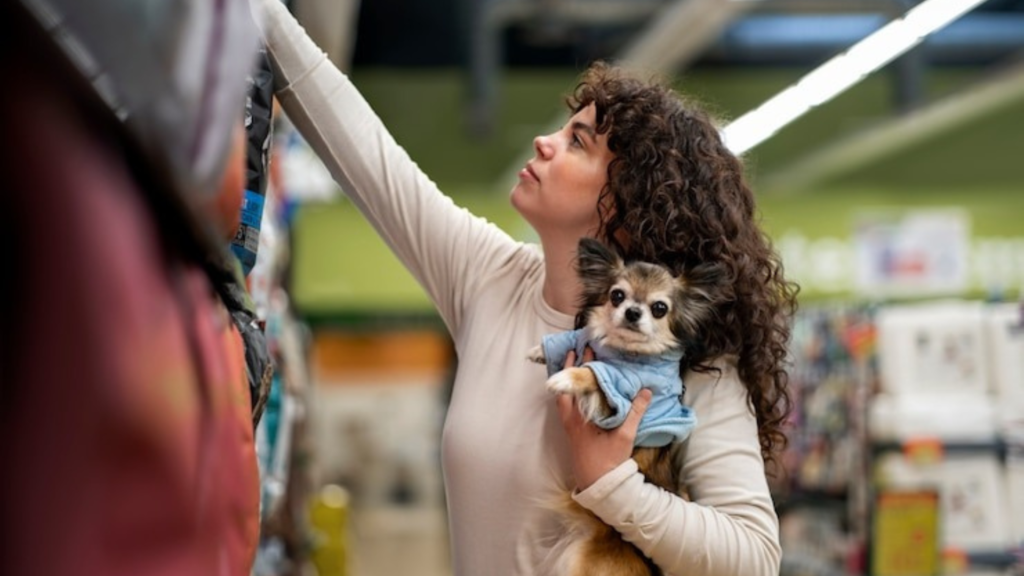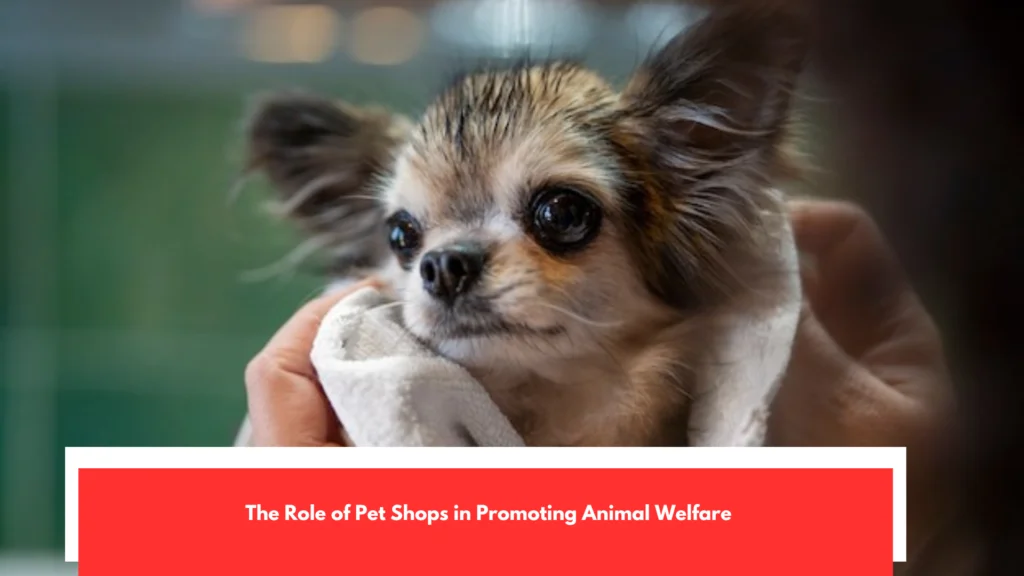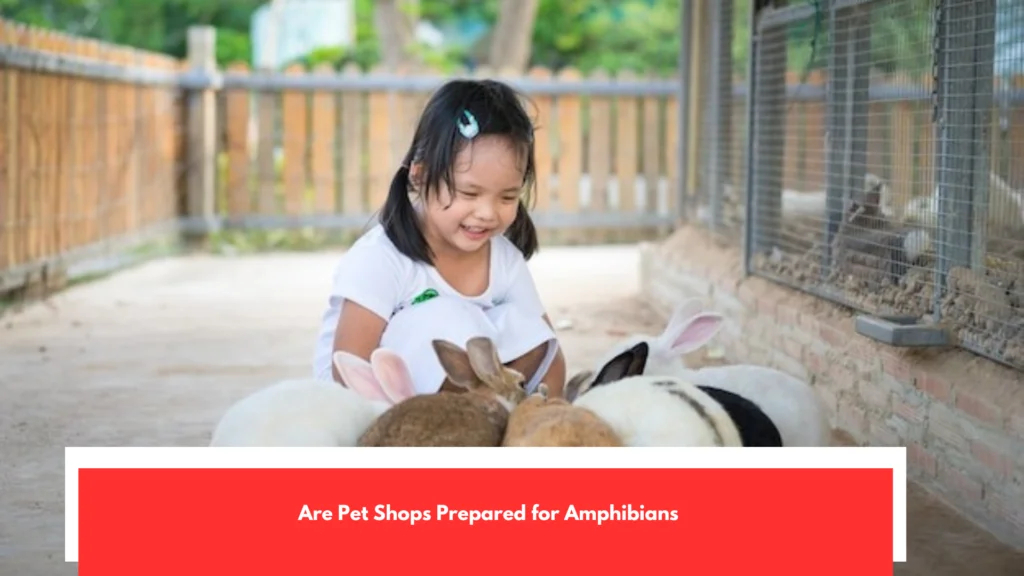A lot of countries celebrate the relationship between human and animals on April 29, which is the day when people consider the issues of this relationship. In that respect, the JOY Group agency has outlined the need to go beyond rituous holiday-making and draw the attention to the transformative effect of advertising once it is directed at bringing the life among pets to a new level. The commitment of brands to the society is becoming inevitable and very much needed, especially in a context where 8 out of 10 people share their life with at least one pet. The role of pet shops is key in connecting these brands with pet owners.
The change which has occurred in the relationship of animal with humans has been significant. The relationship which was formerly supposed to be a utilitarian or recreational relation can now be taken up with a much closer and emotional start. A recent survey provided by JOY Group shows that 75 percent of people treat their pet as a child.
Education and Awareness

Pet sector companies have realized this change, and they have started creating content that is much more emotional, contains more education, and it heavily leans on social action. Traditionally, the advertisement had power to manipulate behaviors and perceptions. During recent years, that influence started to concentrate itself not only on the social and environmental causes, the protection of animal rights, and the welfare of animals.
There was no longer advertising campaigns that only concerned themselves with activities that only aimed at sales, but they engaged in activities that would educate, create awareness, and be part and parcel of changing cultures. Javier Villar explained that these products have interested brands too because, as he said, the affection that people share with their pets generates love too. It is this reasoning that finds expression through artistic works able to captivate the audience and not only, they make people emotionally engaged and empowered to change the world.
Supporting Adoption

Some of the most evident ones include campaigns that encourage the adoption of the stray animals, explaining the right habits of care (including proper watering of cats), or the need of consulting veterinary services before deciding on a specific diet. A purpose-led advertisement campaign is not just a beautiful or emotionally provoking thing: it is a strategy aimed at making a positive change in the society. Among the latest examples, one can mention.
It was aimed at creating an awareness of the problem of the abandoned animals and encouraging them to adopt, evoking emotions using the language familiar to new generations. Such intervention is not only technically new, but also communicational: it is not only necessary to talk to an average consumer, but also to involve in the digital community.
Quality Standards

Where more and more people are willing to participate in supporting specific and real causes. Using educational materials, the project was able to give power to pet owners and offer valuable and reliable information to make more appropriate choices when it comes to the health of their pets. The pet world is, of course, the expanding market. However, other than the commercial dimension it presents.
It self as a privileged space to build measures of social responsibility. The brands which are able to comprehend this position relatify themselves in another way: they not only create loyalty or visibility, but they also become the real partners of reformation. Together with a well-developed advertising scheme, sensitivity can result in creating unforgettable campaigns that would not leave just on the screen or the poster. The best of this kind of campaign, according to Villar, is that it does not only intend to sell: it intends to leave a print, touch their hearts and build a better place to animals too.
Conclusion

The given strategy follows a worldwide tendency, according to which consumers demand more and more of brands. The time is past when it was sufficient to produce a good-looking product: the people would like to see the companies assume practical commitments towards the environment around them. That expectation turns even more emotional and powerful in the case of animals. Both commemorations are a chance to spread awareness. It can be the basis of long term projects as well.
Awareness about a problem like abandonment, abuse or shortage of resources to entities that house animals. Some of the things that every human being or even every brand can encourage are adopting an animal, donating funds to re-homing centres, passing information along, reporting dangerous scenarios, or just teaching people about owning pets responsibly. On the advertising front the possibility is even higher as it is a chance to transmit these messages in a major scale with flair and fervor.



